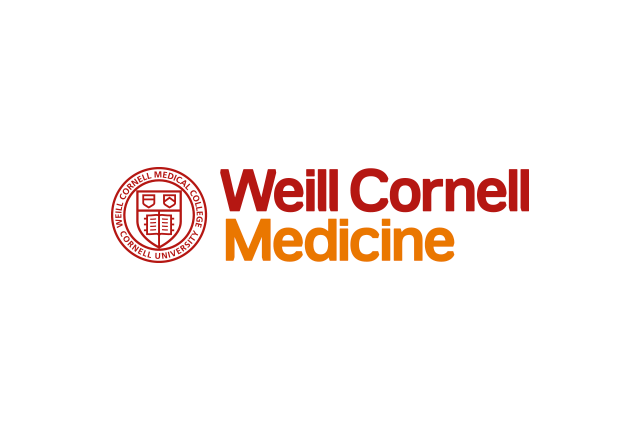New Yorkers know all about emergencies. In a city this big, moving this fast, problems, big and small, can pop up pretty quickly. And you'd better have a plan.
Weill Cornell Medical College certainly does.
The Medical College's Emergency Operations Team, which is led by Stephen M. Cohen, associate provost and executive vice dean for administration and finance, and includes representatives from facilities management and campus operations, finance, human resources, information technologies and services, public affairs, risk management and environmental health and safety, manages that preparedness plan.
This year, the Team further sharpened its response procedures by collaborating with emergency preparedness professionals. With the help of the consulting firm Firestorm Solutions, the Team has been running through several hypothetical emergency scenarios — fire, gas leak, flu outbreak — to ensure that should a real crisis ever hit, operations at the Medical College will continue.
The scope of the sessions has also been broadened to include more departments of the Medical College — from radiology and dermatology, to housing and academic affairs. These departments may be brought into the Emergency Operations Team, depending on the type of emergency.
"Part of the purpose is to raise our awareness to the types of emergencies," said Erik Talley, director of environmental health and safety at the Medical College. "People in different workplace environments think of emergencies differently." Involving clinical, basic sciences, student and administrative departments of the Medical College in emergency preparedness helps determine how one facet of the campus could aid the other in a time of need.
Last year, Talley says, the emergency team focused on improving the Medical College's communication systems. Among those improvements is an emergency notification system that, during an emergency, sends updates and information to more than 1,400 Medical College personnel, including all students, senior administrators, and representatives from each clinical, basic science and administrative department. In order to provide sufficient redundancies, a new Web site, Cornellemergency.org, was launched. The site provides emergency status changes for both the Medical College and NewYork-Presbyterian Hospital. Wallet cards were also distributed to department representatives throughout the Medical College, giving people all the emergency information they need right in their back pockets.
October 6, 2008

